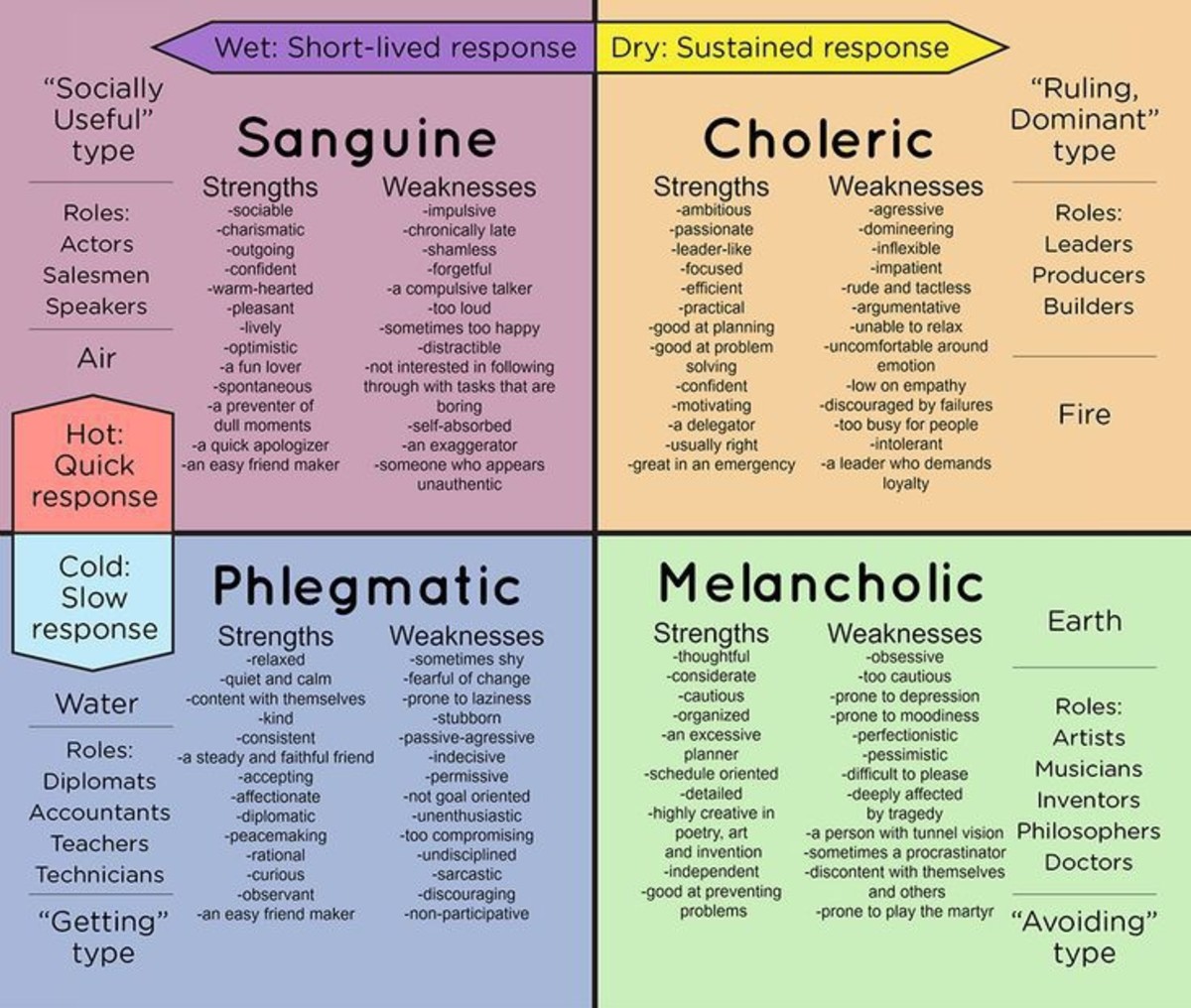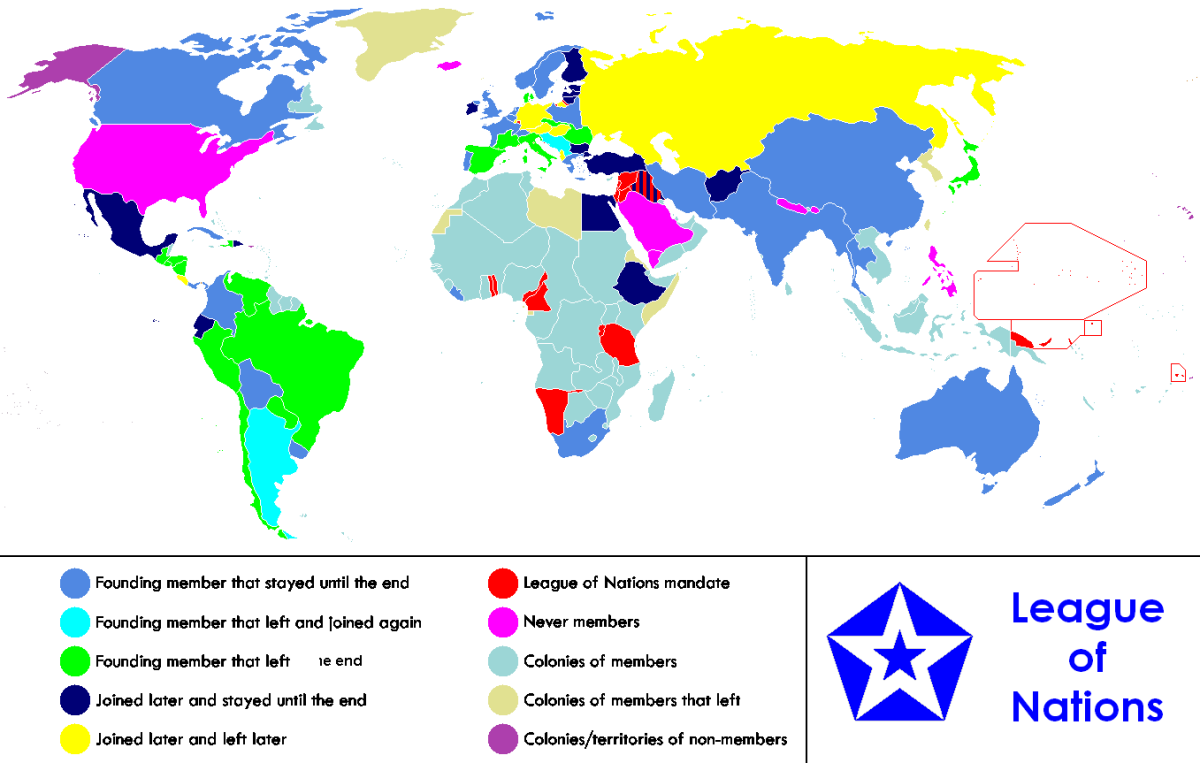Tips to Help A Student With Dyslexia
It can be hard helping a student with dyslexia, especially when they’ve just been identified. I was fortunate enough to be diagnosed as a child, but I hadn’t been given the resources to learn about my how my brain works until adulthood. Here are a few things that would have helped me immensely during my journey.
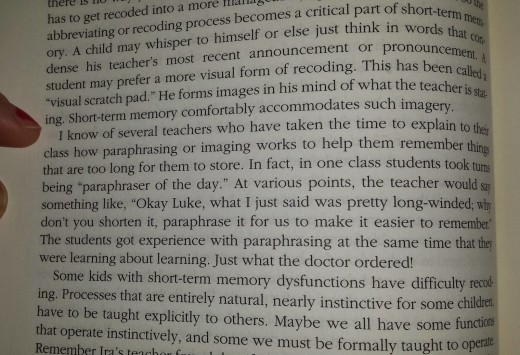
Book Format
There’s a lot more that goes into dyslexia than simple reversals. When many of us read, we get overwhelmed with large blocks of small text. Glaring white backgrounds make it hard to focus on the words we’re supposed to read.
Because we’re working so much harder to process the same information everyone else is, it takes us a lot longer to complete our required reading. This can be partially remedied by taking advantage of the various formats out there.
I’ve found that large print on cream colored or yellowed pages makes it easier to read the material. Thicker margins and well spaced paragraphs are also helpful, because it’s so much easier to keep track of where I am on the page.
Ebooks are also incredibly helpful, because so many e-readers allow the user to change font size, type and color theme. Most computers and tablets are also compatible with text to speech programs, which takes some of the pressure off of those classes with heavy reading requirements.
Smart phones are also surprisingly useful. In fact, they may come with reader apps already installed, such as the Optical Reader for Android operating systems, which can help with some reading on the go.
When shopping for text books, or books for recreational reading, take a look at how the pages are lain out. Larger text that’s well spaced, with healthy margins on off-white paper is very helpful. If possible, see if there’s an ebook or audio book version available.
Most importantly, talk to the person you’re shopping for, first and see if they have any format preferences.
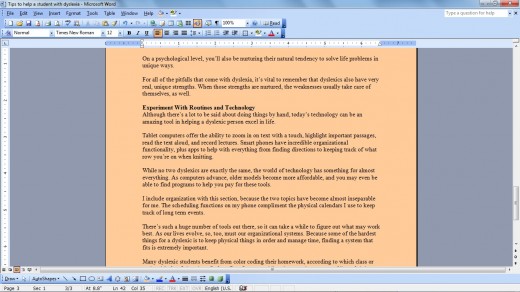
Self Advocacy
Something I wish I had been taught early on is how to advocate for myself. For me, educational plans were taken care of by my parents and teachers. By the time senior year of high school arrived, I had no idea of how to ask for accommodations, or what kinds of legal rights I had as someone with a learning disability.
In the United States, at least, it is possible for the student to be present during some IEP meetings. Depending on their maturity level, I think it’s a great idea to have them included, so they can offer direct feedback for their immediate future. While grades can be a great indicator of progress, nothing can replace direct feedback from the student.
This also prepares them for situations in adulthood where they’ll need to talk to employers about accommodations. Dyslexia doesn’t go away when a teenager becomes an adult, as is heavily implied by the world at large.
It would be wonderful if all people classified as “special needs” could be enrolled in a class to teach them a little bit about self advocacy. Since that’s not possible at this point in time, it’s up to the caregivers to offer those tools.
How Does Their Mind Work?
Everyone has their own, unique ways of thinking. In the majority of the population, these differences may not get in the way of their educational life, but those of us with dyslexia tend to struggle.
One of the things that’s over-emphasized in childhood is learning what to think, rather than how to think. Things like memorization and regurgitating facts are useful in school, but critical thinking is far more valuable later in life.
However, that need for memorization and test taking can be used as a tool to help kids discover how they learn. Experimenting with things like mind maps, retelling stories in their own words, having them teach you their school lessons and acting out historical scenes or speeches are all great ways of learning how their brains work.
Favored games and playtime activities are also great tools. Watching a child play with their peers can offer valuable clues into how their minds work. Those natural tendencies can then be used as tools for success later in life.
On a shorter term basis, by taking favored play-time activities and applying them to homework, information may “stick” more easily. By turning the act of learning into something fun, a lingering love of education may develop.
As you both work on this, you might also learn more about some of the lesser known effects of dyslexia, like organizational problems and issues with procedure, as well as the strengths, like big picture thinking and creativity.
A Demonstration of Dyslexic Strengths Through Music and Dance
Positive Reinforcement
The educational experience tends to be geared more towards a concentration on our weaknesses, rather than using our strengths to our advantage. Although striving to better ourselves at what we need to do is necessary, when only those weaknesses are addressed, our psyches tend to go into a spiral, which then makes improvement an almost impossible feat.
We can reverse that by using our strengths to address our weaknesses. When a child is terrible at math, but excels at art, it is possible to use that natural interest in artistic pursuits to better understand mathematical concepts.
By figuring out these creative teaching methods, you’re helping boost a potentially fragile self esteem, helping that child get a better understanding of necessary concepts for school and helping them hone a potentially valuable skill.
On a psychological level, you’ll also be nurturing their natural tendency to solve life problems in unique ways.
For all of the pitfalls that come with dyslexia, it’s vital to remember that dyslexics also have very real, unique strengths. When those strengths are nurtured, the weaknesses usually take care of themselves, as well.
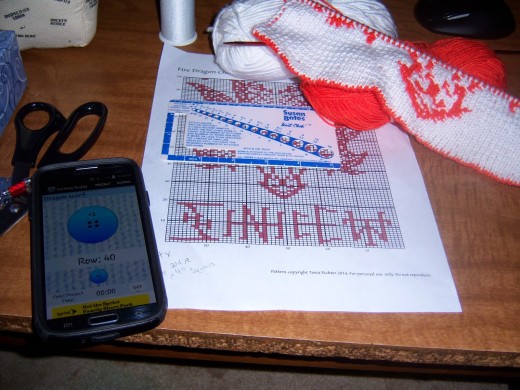
Experiment With Routines and Technology
Although there’s a lot to be said about doing things by hand, today’s technology can be an amazing tool in helping a dyslexic person excel in life.
Tablet computers offer the ability to zoom in on text with a touch, highlight important passages, read the text aloud, and record lectures. Smart phones have incredible organizational functionality, plus apps to help with everything from finding directions to keeping track of what row you’re on when knitting.
While no two dyslexics are exactly the same, the world of technology has something for almost everything. As computers advance, older models become more affordable, and you may even be able to find programs to help you pay for these tools.
I include organization with this section, because the two topics have become almost inseparable for me. The scheduling functions on my phone compliment the physical calendars I use to keep track of long term events.
There’s such a huge number of tools out there, so it can take a while to figure out what may work best. As our lives evolve, so, too, must our organizational systems. Because some of the hardest things for a dyslexic is to keep physical things in order and manage time, finding a system that fits is extremely important.
Many dyslexic students benefit from color coding their homework, according to which class or project it’s for. Others benefit from Post-It notes, while others need some sort of line-of-sight system to work with.
The key is to work with your loved one to figure out what works best for them.
Most importantly, it’s vital to avoid judgementalism and impatience. We’re all only human, but remember, the complicated process of learning is always a little easier when we’re all willing to bend a little in the right places.

© 2014 Emilie Peck

